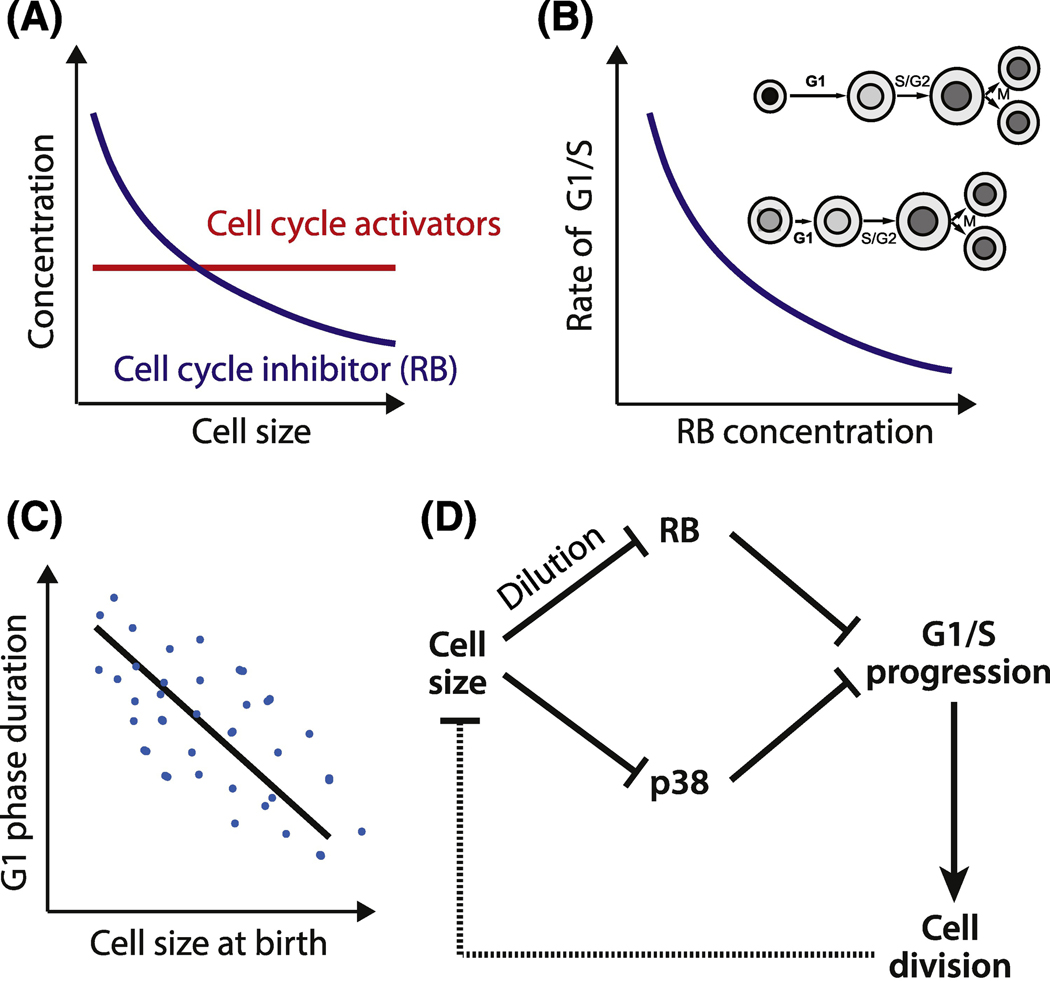Figure 4 Key Figure. Molecular mechanisms of mammalian G1/S sizer.
A. Inhibitor dilution model: activators of cell cycle progression scale with cell size so that their concentration does not change, while an inhibitor such as RB does not scale and is diluted by cell growth. B. Dilution of a G1/S cell cycle inhibitor protein RB leads to an increase in the rate cells progress through the G1/S transition. Shades of grey on the inset illustrate changes in the nuclear RB concentration. C. Inhibitor dilution, combined with molecular noise and cell-to-cell variability results is a stochastic sizer: on average, the cells born larger have a shorter G1 phase and grow less than the cells born smaller. D. Two proposed molecular mechanisms for cell-size-dependent G1/S progression: RB dilution by cell growth and size-dependent p38 kinase activation. In RB dilution model, cell growth dilutes the cell cycle inhibitor RB. This leads to the increased G1/S progression rate. In p38 model, small cell size activates the p38 MAP kinase, which inhibits G1/S. Thus, in both mechanisms larger cells pass through G1/S and divide sooner than smaller cells.

